Let’s begin by recognizing water and moisture serve as the primary culprits behind mold growth. Therefore, it’s imperative to initiate the dry out process immediately after a water damage incident. Rapid and thorough drying with advanced equipment not only halts the progression of existing mold but also prevents its future development.
But first, let’s provide a little background about mold and the three things it needs to proliferate.
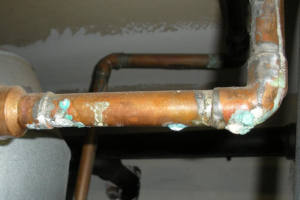
Water from any source such as rain, plumbing and drains, roof leaks, condensation, lack of air exchange.
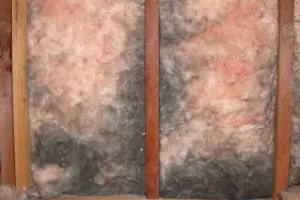
Most any organic material will do. For example, paper products (drywall paper), wallpaper, wood, organic fabrics and upholstery, cellulose insulation, many building materials, dirt, soil and even plants.
Unfortunately, residential and commercial buildings are made from many materials that molds consider a great food source. Two of the most available in your building are drywall and lumber. Both readily absorb and hold moisture.
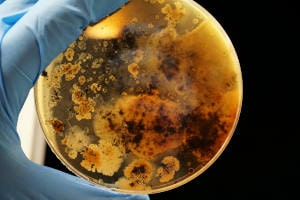
Mold spore is most everywhere at least in small amounts.
Now let’s review the primary mediums where mold flourishes.
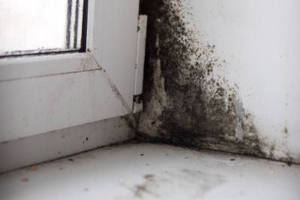
Drywall is probably the most affected material. Drywall is made with a gypsum core that readily absorbs water and is covered on each side by a cellulose paper backing. This is a perfect medium for mold growth.
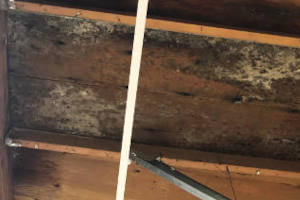
Lumber is also a natural cellulose source and most framing lumbers are also very porous. Additionally, wood framing is also associated with sawdust, an even better food source.
With good reason no contractor takes the time to vacuum each framing piece to remove the superficial dust. In addition to typical 3S lumber (meaning 3 sides sanded) framing materials, there are also all the cuts and ripping that necessarily takes place for construction creating yet more wood dust (food). Add water and this sawdust helps to kickstart the mold growth process.
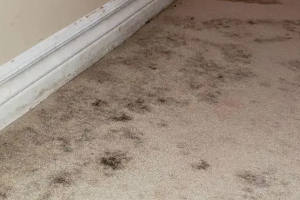
One may not suspect the synthetic fibers used in carpeting as a food source for mold. That is generally accurate. However, some have organic fiber, the backing, and the tiny, even microscopic materials that get drawn into the home or building via foot traffic can be a food source.
Further, carpet and the backing can often act as a huge sponge absorbing and holding very significant amounts of water. It then traps that moisture under the carpet and against the subfloor. If the subfloors are wood or plywood, or there is dust trapped under the carpet there lies another food source.
Black Mold: Stop The Spread
We have all heard of it. Wood and drywall being cellulose, are often associated with the mold Stachybotrys, the dreaded “Black Mold.”
What is slightly alarming is that it only takes about 48 hours for molds to get a foothold and begin growing and forming colonies. After that, health issues can become a concern as well.
Since background mold spore is basically everywhere and it only takes a few spores to begin a colony, water and moisture are the most important immediate concerns.
The three most important things you can do to address mold or potential mold growth are:
- Dry Out
- Dry Out
- Dry Out
Proper Drying Requires Proper Equipment
The areas of moisture and water intrusion need to be addressed ASAP to prevent mold proliferation and damage. But the proper equipment is just as important. Placing a fan on an area of mold concern could spread mold spore and exacerbate the problem.
Insist on:
- Isolation of the problem areas
- HEPA filtered machines
- High volume air exchangers
- High quality moisture meters (Hardware store meters are not very accurate)

This is where Alternative Technologies Inc. comes in with over 30 years of professional experience in the industry.
Alternative Technologies has the expertise, proper equipment and the experienced crews to isolate the water intrusion and potential mold areas and stop molds from growing into a huge and expensive problem.
Alternative Technologies can contain and isolate the water intrusion and elevated moisture areas to arrest the potential spread of mold spore to other areas.
ATI installs HEPA filtration systems so that mold spore does not migrate outside the contained area. These are very powerful air moving machines that not only filter out the mold spore, but just as importantly begin the drying process to arrest mold growth. Negative air filtration and air moving equipment should be a first step in avoiding a bigger problem.
Dry out is what ATI does. By tackling water and moisture head-on, the dry out process becomes a crucial and effective strategy to safeguard your environment and maintain a mold-free living or working space.
Dry Out First. Asbestos Survey Second.
Once ATI has isolated the water intrusion and moisture areas this creates a window of time to get the lawfully required asbestos survey in place.
“A survey for the presence of ACM must be conducted and documented prior to commencement of any renovation.”
South Coast Air Quality Management District Rule 1403
The agencies that regulate asbestos and asbestos removal are:
- South Coast Air Quality Management District
- OSHA and DOSH
- EPA
- NESHAPS
- Department of Toxic Substances
- Many more regulating the companies that work in the industry
A licensed Asbestos Consultant or an Industrial Hygienist will sample the materials to see if there are any asbestos containing materials that must be properly addressed as part of the work.
Fortunately, in the case where asbestos is present, Alternative Technologies is also a licensed and insured asbestos abatement contractor that can properly perform the necessary subsurface visual mold inspection while handling and disposing of the asbestos materials that may be created while addressing water damage and mold growth.
Mold Remediation Service Begins with Dry Out
Have you recently experienced a water damage incident at your Southern California property?
Alternative Technologies should be your first call to begin the dry out process. We’ll keep the damage to a minimum and restore the prospect of further damage.
Call us right away at 818-700-8002 or contact us online to request pricing to remove mold caused by water and moisture.